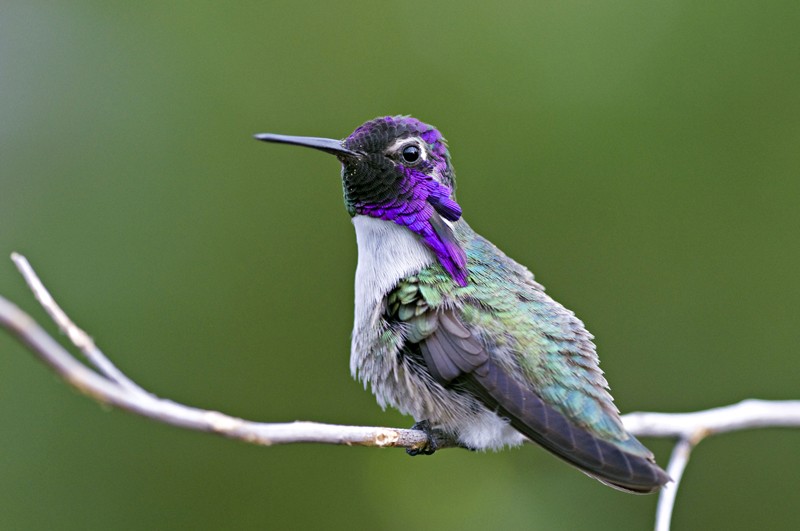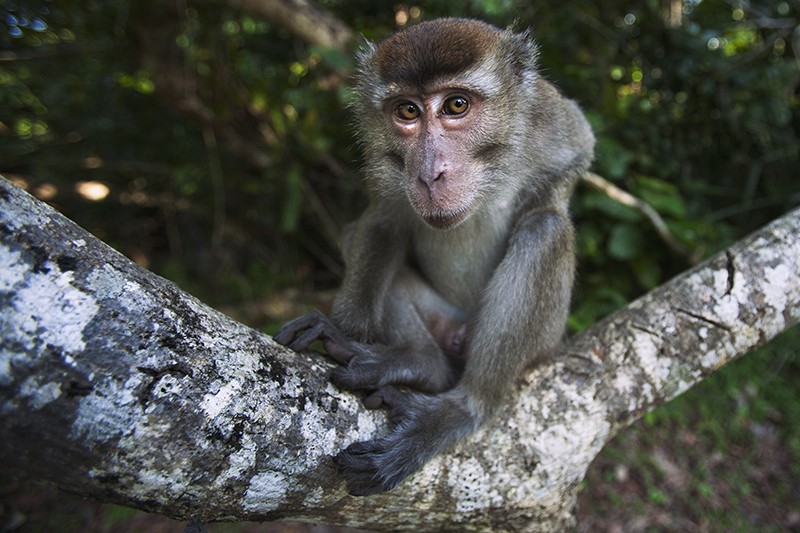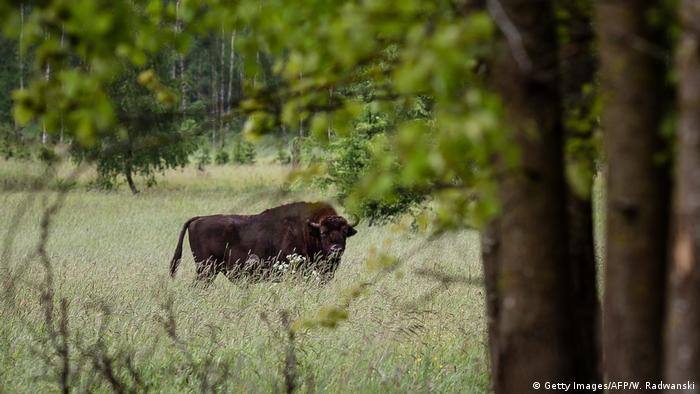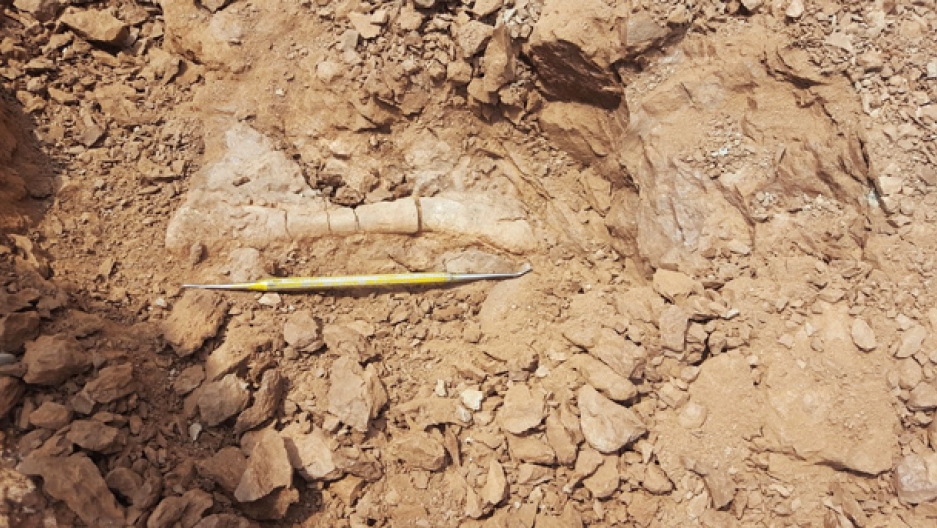rbkwp
Mythical Member
- Joined
- Aug 21, 2007
- Posts
- 88,126
- Media
- 1
- Likes
- 51,701
- Points
- 608
- Location
- Auckland, Auckland, NZ
- Sexuality
- 100% Gay, 0% Straight
- Gender
- Male
agree
because i am stauncly anti fracking
my main concern is th possible damage to the WATER in particularr
its been proven already this happens
believe they are allowing it WW
BEAUTIFUL NATURAL AUSTRALIAN countryside destroyed
its been PROVEN this FRACKING IS NO F'kn good for our water, still they persist
quoting 400 jobs i think it was
whats 400 jobs when theres 000s of lives/peoples health at stake,plus the future generations
Beetaloo Basin: What do we know about the region at the heart of the NT fracking debate?
Love it or hate it, a decision on fracking in the Northern Territory appears imminent.
VIDEO: NT grapples with environment and economy fracking dilemma (ABC News)
MAP: NT
Love it or hate it, a decision on fracking in the Northern Territory appears imminent.
After 15 months of research and community consultation, the Scientific Inquiry into Hydraulic Fracturingconcluded the challenges and risks associated with any onshore shale gas industry in the NT could be "appropriately managed".
So what do we know about the region experts believe will be ground-zero for onshore gas?
The Beetaloo Sub-Basin, around 500 kilometres south-east of Darwin, sits in the Sturt Plateau region, between Mataranka to the north and Elliott to the south.
Farmers, businesses and the industry alike remain at odds over its place in the fracking debate — but one thing they can all agree on is that it is a bounty for gas.
What is the Beetaloo Basin and why should I care?
For some time, the Beetaloo Basin — and the people that live there — have had a pull-and-push relationship with the gas industry.
External Link: The Beetaloo Sub-basin
Its exploration history dates back more than a decade, but in recent years, Origin (among others) has its sights set on the region and its gas reserves — around 6.6 trillion cubic feet, according to industry predictions.
Around 70 per cent of the Territory's prospective shale gas resources are estimated to occur in the Beetaloo Sub-basin, and according to the NT fracking inquiry, recent shale gas discoveries in the region could increase Australia's global ranking of gas resources from seventh to sixth.
It's considered so promising that it's pulled in around 50 per cent of the total $505 million of exploration investment in the NT since 2010.
To put it simply, it's a pretty big deal in the gas world.
But it's not without division.
What are the arguments against?
Though rich in shale gas, the basin takes in pastoral land and Indigenous communities.
Modern mining methods, known as hydraulic fracturing or "fracking" for short, allow companies to "untrap" these reserves from rocks kilometres underground; and that has some concerned.
By injecting a fluid underground, mostly comprised of sand and water, companies are able to break open the rocks and tap into any gas reserves that may be there.
But a mix of chemicals must also be injected through water aquifers and into the land for the process to work.
Pastoralists and landowners alike fear it is this fluid that could pollute rivers and bores across the region.
![]() PHOTO: Anti-fracking grafitti on the Stuart Highway in the Northern Territory. (ABC Rural: Daniel Fitzgerald)
PHOTO: Anti-fracking grafitti on the Stuart Highway in the Northern Territory. (ABC Rural: Daniel Fitzgerald)
Last year, Origin's own environmental report for 10,000 square-kilometres on the Beetaloo Basin warned that drilling could pose a risk of causing aquifers under some properties to leak into each other, and potential exists for the deterioration in groundwater quality, which could impact existing groundwater users.
The company said once those issues were identified, it developed solutions to mitigate them.
But it has done little to allay concerns. There is no guarantee abandoned wells will never leak, farmers fear.
Others point to the potential negative economic consequences, including a "rapid increase" in the cost of living for Territorians not involved in the industry, exacerbation of existing issues of inequality and disadvantage, and reductions in the financial viability and sustainability of existing businesses.
Though the arguments differ, the message is the same: as far as they're concerned, fracking and the Beetaloo Basin are incompatible.
What are the arguments for?
On the flipside, proponents argue the risks associated with fracking can be mitigated.
They point to the Scientific Inquiry into Hydraulic Fracturing final report, which found the industry could be "appropriately managed" in the Northern Territory.
For those in favour of the proposal, the sticking point is jobs and economic growth.
The fracking industry has promised up to $1 billion worth of investment in the NT, including remote roads, and up to 6,000 jobs.
Likewise, there is already a 622-kilometre-long pipeline in the works from Tennant Creek to Mount Isa promising to connect the Northern Territory to the national gas grid — touted as a possible solution to the supposed east coast gas shortage.
![]() PHOTO: Origin chief geologist David Close at a well head in the Beetaloo Basin. (supplied: Peter Eve)
PHOTO: Origin chief geologist David Close at a well head in the Beetaloo Basin. (supplied: Peter Eve)
![]() PHOTO: Farmers on the Beetaloo Basin are worried that fracking could damage the area's network of aquifers and rivers.(ABC News: Jane Bardon)
PHOTO: Farmers on the Beetaloo Basin are worried that fracking could damage the area's network of aquifers and rivers.(ABC News: Jane Bardon)
![]() PHOTO: Six trillion cubic feet of shale gas has been found in parts of the basin. (ABC News: Jane Bardon)
PHOTO: Six trillion cubic feet of shale gas has been found in parts of the basin. (ABC News: Jane Bardon)
Topics: business-economics-and-finance, industry, oil-and-gas, rural, greenhouse-gas, mining-industry, government-and-politics,environmental-impact, environmental-management, environment, environmental-health, health, mining-environmental-issues, nt,darwin-0800, alice-springs-0870
First posted April 15, 2018 06:17:25
http://www.abc.net.au/news/2018-04-...Email||8940&utm_content=RuralMail_ArticleLink
because i am stauncly anti fracking
my main concern is th possible damage to the WATER in particularr
its been proven already this happens
believe they are allowing it WW
BEAUTIFUL NATURAL AUSTRALIAN countryside destroyed
its been PROVEN this FRACKING IS NO F'kn good for our water, still they persist
quoting 400 jobs i think it was
whats 400 jobs when theres 000s of lives/peoples health at stake,plus the future generations
Beetaloo Basin: What do we know about the region at the heart of the NT fracking debate?
Love it or hate it, a decision on fracking in the Northern Territory appears imminent.
VIDEO: NT grapples with environment and economy fracking dilemma (ABC News)
MAP: NT
Love it or hate it, a decision on fracking in the Northern Territory appears imminent.
After 15 months of research and community consultation, the Scientific Inquiry into Hydraulic Fracturingconcluded the challenges and risks associated with any onshore shale gas industry in the NT could be "appropriately managed".
So what do we know about the region experts believe will be ground-zero for onshore gas?
The Beetaloo Sub-Basin, around 500 kilometres south-east of Darwin, sits in the Sturt Plateau region, between Mataranka to the north and Elliott to the south.
Farmers, businesses and the industry alike remain at odds over its place in the fracking debate — but one thing they can all agree on is that it is a bounty for gas.
What is the Beetaloo Basin and why should I care?
For some time, the Beetaloo Basin — and the people that live there — have had a pull-and-push relationship with the gas industry.
External Link: The Beetaloo Sub-basin
Its exploration history dates back more than a decade, but in recent years, Origin (among others) has its sights set on the region and its gas reserves — around 6.6 trillion cubic feet, according to industry predictions.
Around 70 per cent of the Territory's prospective shale gas resources are estimated to occur in the Beetaloo Sub-basin, and according to the NT fracking inquiry, recent shale gas discoveries in the region could increase Australia's global ranking of gas resources from seventh to sixth.
It's considered so promising that it's pulled in around 50 per cent of the total $505 million of exploration investment in the NT since 2010.
To put it simply, it's a pretty big deal in the gas world.
But it's not without division.
What are the arguments against?
Though rich in shale gas, the basin takes in pastoral land and Indigenous communities.
Modern mining methods, known as hydraulic fracturing or "fracking" for short, allow companies to "untrap" these reserves from rocks kilometres underground; and that has some concerned.
By injecting a fluid underground, mostly comprised of sand and water, companies are able to break open the rocks and tap into any gas reserves that may be there.
But a mix of chemicals must also be injected through water aquifers and into the land for the process to work.
Pastoralists and landowners alike fear it is this fluid that could pollute rivers and bores across the region.

Last year, Origin's own environmental report for 10,000 square-kilometres on the Beetaloo Basin warned that drilling could pose a risk of causing aquifers under some properties to leak into each other, and potential exists for the deterioration in groundwater quality, which could impact existing groundwater users.
The company said once those issues were identified, it developed solutions to mitigate them.
But it has done little to allay concerns. There is no guarantee abandoned wells will never leak, farmers fear.
Others point to the potential negative economic consequences, including a "rapid increase" in the cost of living for Territorians not involved in the industry, exacerbation of existing issues of inequality and disadvantage, and reductions in the financial viability and sustainability of existing businesses.
Though the arguments differ, the message is the same: as far as they're concerned, fracking and the Beetaloo Basin are incompatible.
What are the arguments for?
On the flipside, proponents argue the risks associated with fracking can be mitigated.
They point to the Scientific Inquiry into Hydraulic Fracturing final report, which found the industry could be "appropriately managed" in the Northern Territory.
For those in favour of the proposal, the sticking point is jobs and economic growth.
The fracking industry has promised up to $1 billion worth of investment in the NT, including remote roads, and up to 6,000 jobs.
Likewise, there is already a 622-kilometre-long pipeline in the works from Tennant Creek to Mount Isa promising to connect the Northern Territory to the national gas grid — touted as a possible solution to the supposed east coast gas shortage.



Topics: business-economics-and-finance, industry, oil-and-gas, rural, greenhouse-gas, mining-industry, government-and-politics,environmental-impact, environmental-management, environment, environmental-health, health, mining-environmental-issues, nt,darwin-0800, alice-springs-0870
First posted April 15, 2018 06:17:25
http://www.abc.net.au/news/2018-04-...Email||8940&utm_content=RuralMail_ArticleLink




















/https://public-media.smithsonianmag.com/filer/58/04/5804c840-3073-4ecf-a1d2-37808419fe93/gdahh5-wr.jpg)
















